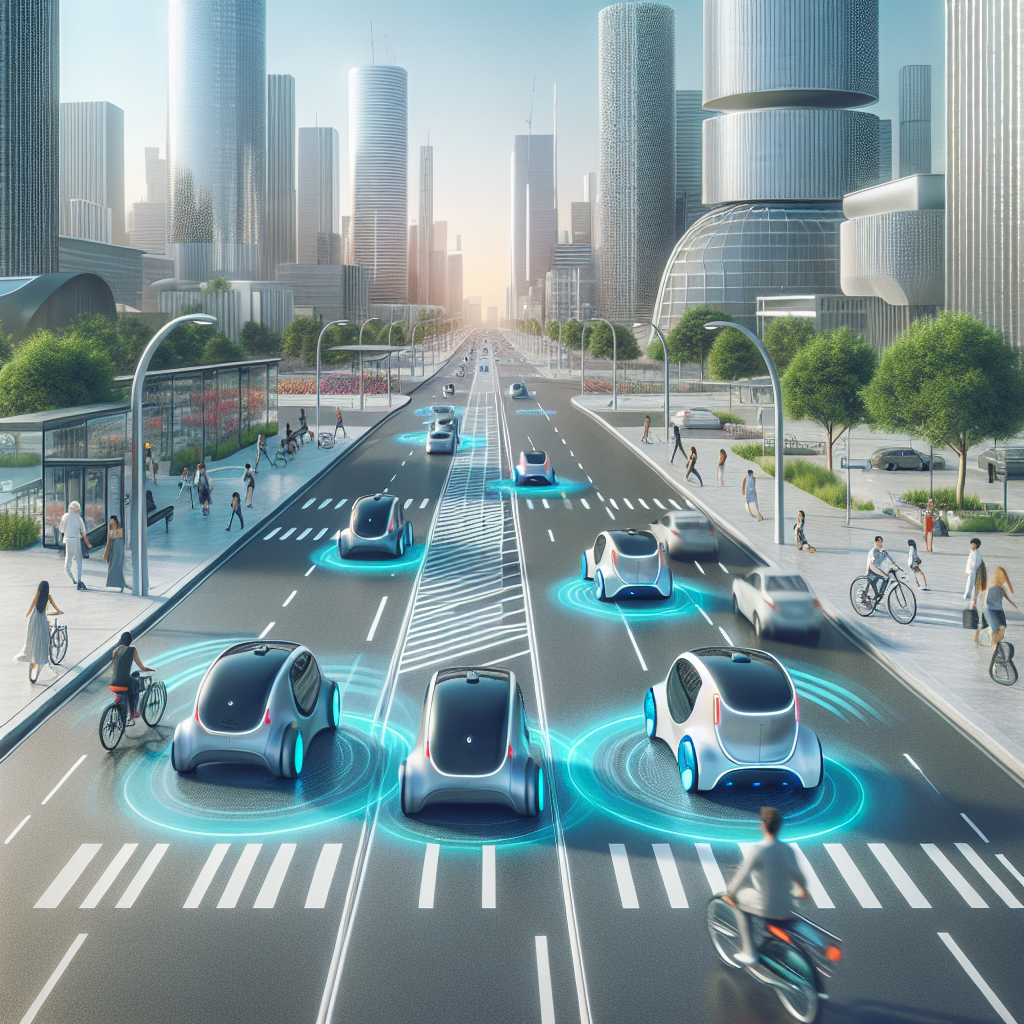Introduction
The emergence of autonomous vehicles (AVs) is poised to redefine urban planning as we know it. As cities continue to expand and evolve, the integration of AV technology will alter the way we think about transportation, infrastructure, and urban design. This article delves into the various ways autonomous vehicles will reshape urban planning, highlighting the potential benefits, challenges, and future implications.
The Rise of Autonomous Vehicles
Advancements in technology have ushered in the era of autonomous vehicles, which are designed to navigate and operate without human intervention. Companies like Tesla, Waymo, and Uber are at the forefront of this revolution, with self-driving cars gradually becoming a reality on our roads. As AVs gain traction, they promise to influence various aspects of urban living.
1. Reducing the Need for Parking
One of the most significant implications of widespread AV adoption is the potential decrease in parking demand. With AVs capable of dropping passengers at their desired locations and then parking themselves in designated areas or returning home, urban planners may need to reconsider:
- Parking Infrastructure: Less need for parking lots and garages could free up valuable land in urban areas.
- Mixed-Use Developments: Spaces previously dedicated to parking could be transformed into housing, parks, or commercial areas.
- Green Spaces: More green areas and community spaces could emerge as parking facilities become unnecessary.
2. Changing Traffic Patterns
With AVs operating within a coordinated network, traffic patterns are likely to change dramatically. Key benefits include:
- Improved Traffic Flow: Autonomous vehicles can communicate with one another, optimizing their routes and reducing congestion.
- Enhanced Safety: Fewer accidents may occur due to the precision and predictability of AVs, leading to safer streets.
3. Reimagining Public Transportation
As AV technology continues to develop, public transportation systems will also evolve. The integration of autonomous vehicles into public transit could result in:
- First-Mile/Last-Mile Solutions: AVs can bridge gaps in public transport networks, making it easier for people to reach their destinations.
- On-Demand Transit: Flexible transit options catered to real-time passenger demand can emerge, potentially reducing the need for fixed-route buses.
4. Urban Zoning and Land Use
Urban zoning laws may need to adapt to accommodate the rise of AVs. Some possibilities include:
- Reduced Setbacks: As the need for parking decreases, building codes could allow developers to construct closer to the street.
- Increased Density: Urban areas may become denser as land previously allocated for parking can be used for residential and commercial purposes.
5. Environmental Impact
Autonomous vehicles have the potential to reduce emissions through:
- Efficient Driving: AVs can optimize routes and reduce idle time, leading to less fuel consumption.
- Shared Mobility: Increased ride-sharing services enabled by AVs could further decrease the number of vehicles on the road.
Challenges in Implementing Autonomous Vehicles
While the benefits of AVs in urban planning are enticing, several challenges must be faced:
- Infrastructure Upgrades: Current roads and traffic systems may require significant updates to accommodate AV technology.
- Legislation and Regulation: Governments must create new laws to address liability, safety standards, and insurance for AVs.
- Public Acceptance: Gaining the trust of the public and encouraging adoption will be essential for widespread AV use.
The Future of Urban Planning with AVs
The integration of autonomous vehicles into urban planning represents a transformative shift that will influence future cities. Urban planners and policymakers must keep pace with these changes by:
- Embracing Innovation: Cities should be open to experimenting with AV-friendly designs and policies.
- Involving Communities: Engaging citizens in the planning process is crucial for developing transportation systems that meet their needs.
- Collaborating with Tech Companies: Partnerships with AV developers can lead to innovative urban solutions that enhance the quality of life.
Conclusion
The potential for autonomous vehicles to reshape urban planning is immense. By reducing the need for parking, changing traffic patterns, reimagining public transportation, and influencing zoning laws, AVs could create more livable and environmentally friendly cities. However, as this transformation unfolds, it is essential to address the associated challenges to realize the full benefits of autonomous vehicle technology. As urban planners pave the way for the future, one thing is certain: the age of autonomous vehicles is here, and it will leave a lasting mark on the landscapes of our cities.
